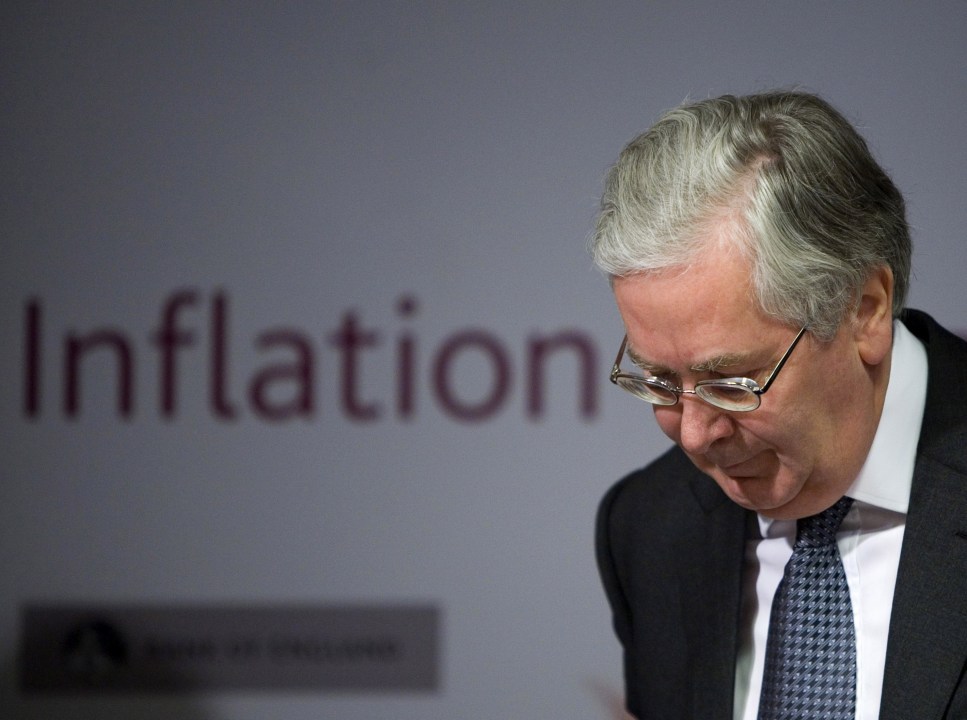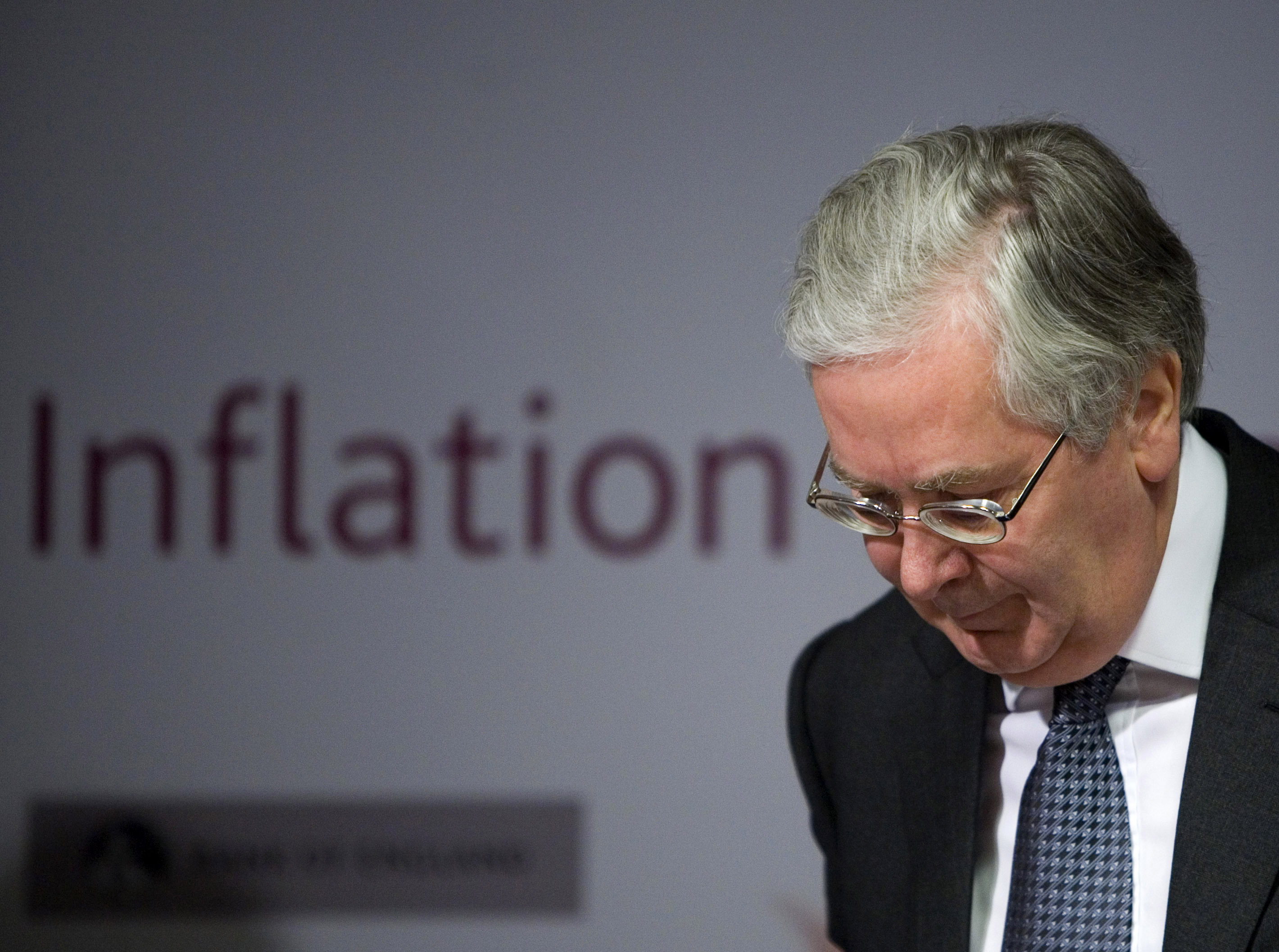 So the Bank of England has pulled the lever on a second round of Quantitative Easing.
Apparently sluggish economic growth, plus more ominous signs from the eurozone, have persuaded the central bank it can’t wait any longer to print more money. But given the evidence from QE1 –
only a small boost to GDP accompanied by extra inflation – it’s a big gamble.
So the Bank of England has pulled the lever on a second round of Quantitative Easing.
Apparently sluggish economic growth, plus more ominous signs from the eurozone, have persuaded the central bank it can’t wait any longer to print more money. But given the evidence from QE1 –
only a small boost to GDP accompanied by extra inflation – it’s a big gamble.
Mervyn King & the rest of the Monetary Policy Committee clearly believe that more money in the system is what’s needed to kick-start growth. But even they admit that QE1 didn’t live up to expectations, so why should QE2? In the meantime, quantitative easing as an instrument gets ever more blunt, so it’s questionable whether even the £75 billion that the central bank is now pumping in will have that great a stimulatory effect. Citi’s Michael Saunders predicts they’ll end up going up to £300 billion, on top of the £200 billion of QE1.
Meanwhile, the extra liquidity will serve to drive up already target-busting inflation, further discouraging household spending. As usual, those who pay for it will be the groups most vulnerable to rising prices – the savers and the low-paid.
There are other worries, as Allister Heath points out in City A.M. Pushing down gilt yields to keep borrowing costs at artificially low levels may not be such not a good thing. After all, it was bad lending that got us into this in the first place. And sterling will probably continue its slide, further stoking inflation via the rising cost of imports.
The thing is, ideas for supply-side growth-boosting measures are themselves in short supply, as the recent Tory conference confirmed. Money supply, at the moment, seems the only tool in the box. Osborne’s suggestion of Credit Easing may come into play later on, but for now the MPC seems to have decided that QE is the only option.
Read the Coffee House briefing on QE2 here.







Comments